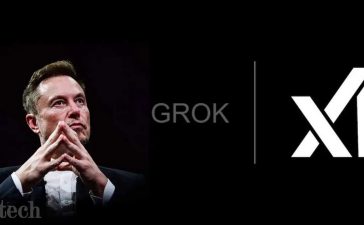
Enterprise adoption: simplicity over immersion?
While Microsoft’s HoloLens and Apple’s Vision Pro pushed the boundaries of augmented and virtual reality, their enterprise adoption remained limited due to cost, complexity, and user resistance. HoloLens found some traction in industrial training and fieldwork, and Vision Pro positioned itself as the future of spatial computing, but neither saw mass adoption.
“The failure of AR-heavy wearables such as HoloLens and Vision Pro highlights a fundamental mismatch with workplace needs,” said Riya Agrawal, senior analyst at Everest Group. “High costs, complexity of use, and extensive training requirements have slowed deployment. Furthermore, frontline workers—especially in field services—typically need quick, hands-free AI assistance rather than distracting digital overlays.”
Meta’s smart glasses, in contrast, take a different approach. They offer an audio-centric interface with a discreet camera, enabling hands-free communication, real-time guidance, and live transcription without overwhelming users with AR overlays.












